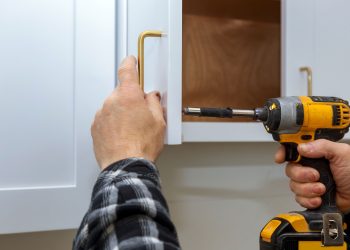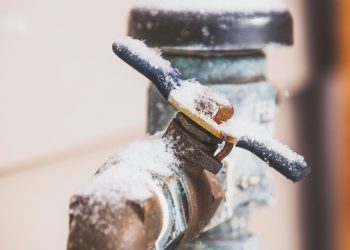A healthy lawn can make your home appear inviting to guests and can help you attract a buyer if you decide to move. Keeping your grass green requires commitment and an understanding of what your lawn needs and when.
When and How to Water Your Yard
Water the grass in the early morning so the water will be able to penetrate the soil, rather than evaporate, and so the lawn will have time to dry out before evening. Watering late in the day will leave the grass damp overnight and encourage the growth of mold and fungi.
Water your lawn deeply, rather than a little at a time. A thorough soaking will allow water to penetrate the roots and will make the grass stronger and healthier. The amount of water required will depend on the species of grass, type of soil, region and season.
The Right Way to Cut Your Grass
Before you cut your grass, make sure the lawnmower blade is sharp. A dull blade will tear the grass, and your yard may turn yellow and become diseased. The grass will then require extra water and nutrients to return it to a healthy condition.
Mow the lawn when the grass is dry and when it isn’t too hot. Cut off only the top third of the grass, and leave the clippings on the lawn so they can decompose. They will provide the lawn with nitrogen, slow the evaporation of water and prevent the growth of weeds. If you cut more than one-third of the length of the grass, the roots will be shocked, the stems will be exposed to the sun, and they will likely burn.
How to Fertilize Your Lawn and Prevent Weeds
Fertilize the lawn in early spring and fall to help it grow green and lush. Be sure to follow the directions on the package. Keeping your lawn thick and healthy can prevent weeds from growing by not giving them the space and sunlight they need.
If you notice weeds growing among the grass, use a weed killer appropriate for the particular species of weeds. If you don’t know the species you’re dealing with, ask someone at a local garden center for guidance.
How to Aerate the Grass
Aeration is the process of removing small amounts of soil from a lawn. This allows air, water and fertilizer to penetrate deeper into the soil. Aeration also reduces soil compaction to create more room for roots to grow and removes thatch. You can rent an aerator at a home improvement store.
Get Expert Advice
Maintaining a healthy lawn requires a lot of work, but it’ll be far less overwhelming if you know what to do and when. Find out what species of grass you have in your yard if you don’t already know, follow these tips, and ask employees at a local garden center or nursery for advice specific to your region.











